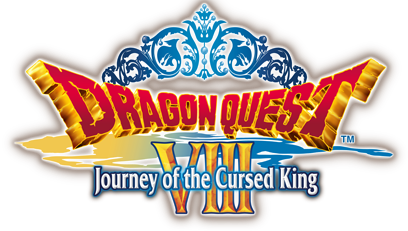- Genre: Action RPG
- Platform: PS2 (via emulation)
Admittedly the main reason I picked this one up was to test some backup and emulation options for PS2 games. I’ve been starting to notice a bit of disc rot on a couple of my older games, so I’ve been making a pass on backing all those up so I at least have some ability to play them in the future. Out of the pass I did, this was one of the games that I’d been putting off playing for a long time. This gave me an opportunity to test the emulator PCSX2 alongside some high resolution support, as well as clear the sequel to a game I really enjoyed when I played it nearly 20 years ago.
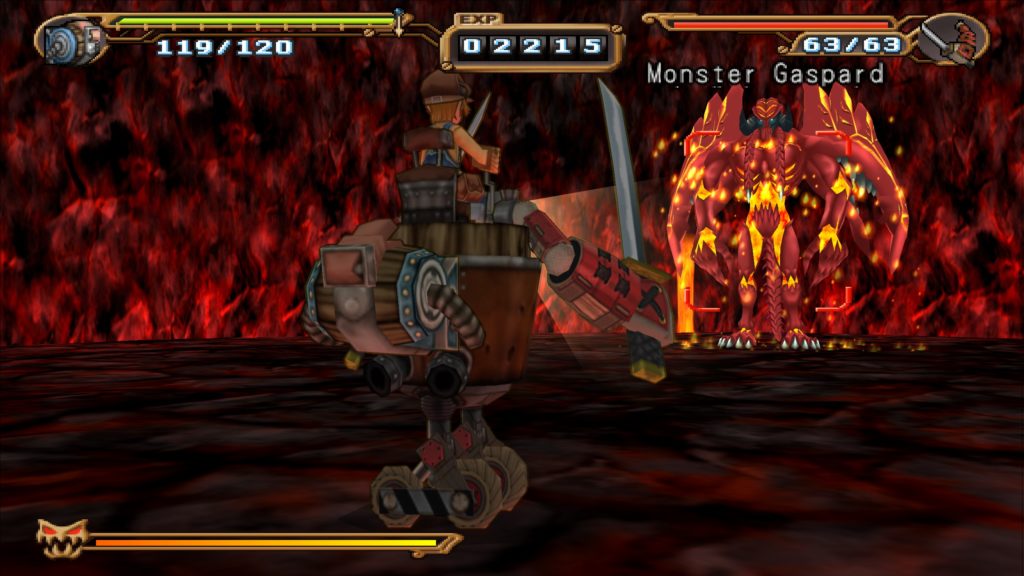
The main thing that popped out to me is how good the gameplay has really held up. Going back to a lot of older games can be tough as the gameplay is often fairly dated. This one really held up strong though. The melee combo system is basic at face value, but with modifiers in various directions and a backflip dodge on the same main attack button, there’s a lot that can be done without really moving your hand around on the controller. Ranged weapons also come in to play, with each character having their own to use.
There’s also a lot of benefit out of the character swapping, which ends up being the core of keeping combat going quick. Each character has some amount of their own core strength, and that grows in different directions as you build out their weapons. Max in particular can also pull out a giant mech, which gives some fun options around taking out larger enemies more effectively.
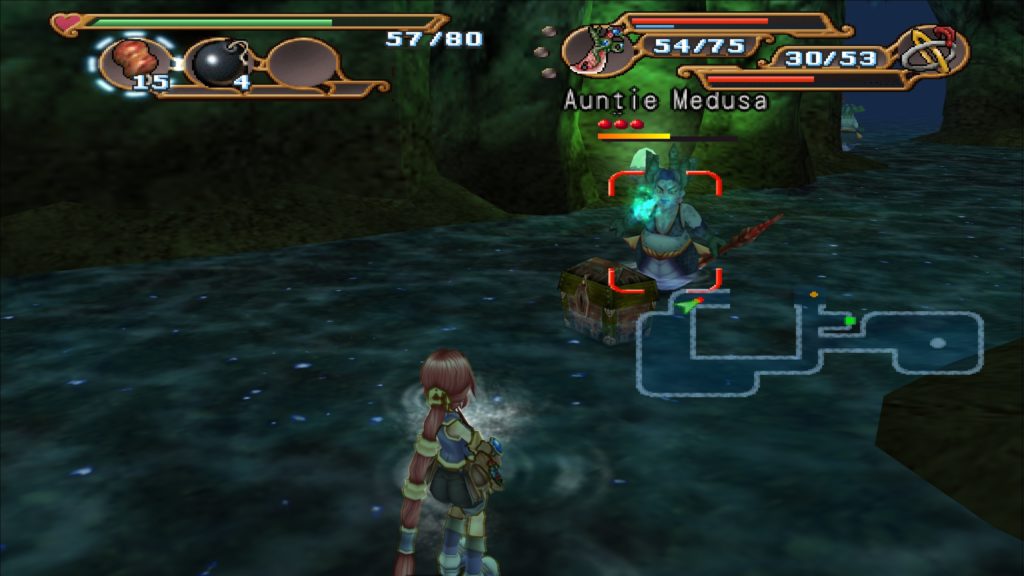
The way they handle the power curve also aged really well. There is no level on the characters. Defensively they gain stats by applying special items found during natural progression, so their shield and health values have a sort of built-in natural growth to them. The real core of the power curve is all around weapon building.
Kills grant XP that go straight into the weapon that dealt the killing blow. Over time this gives you weapon levels, which add to both a raw damage stat, as well as to a synthesis points stat. This stat is used to apply elemental upgrades to the weapon, which over time opens up new upgrade paths to boost a weapon to a new higher tier.
What is less documented but equally important is that these elemental upgrades play right back into the core combat. Enemies all have some amount of built-in weaknesses to specific elements, and applying upgrades to your weapons exploits that. Up against a fire elemental? Use a weapon with a heavy ice stat. Want to build out a weapon that is equal against all? Go ahead and do so. However, it was often more valuable to split the stats and let each character specialize a bit more than that.
In practice this ends up in a lot of potential variety in how you choose to build your weapon out. This sort of active building to establish a power curve instead of the more standard passive level gains of RPGs is a huge change that I really wish more RPGs adopted. While a lot of RPGs give some small crafting and upgrade options, having the entire weapon power based on your own decisions and ideas is a really powerful setup that still feels extremely modern.
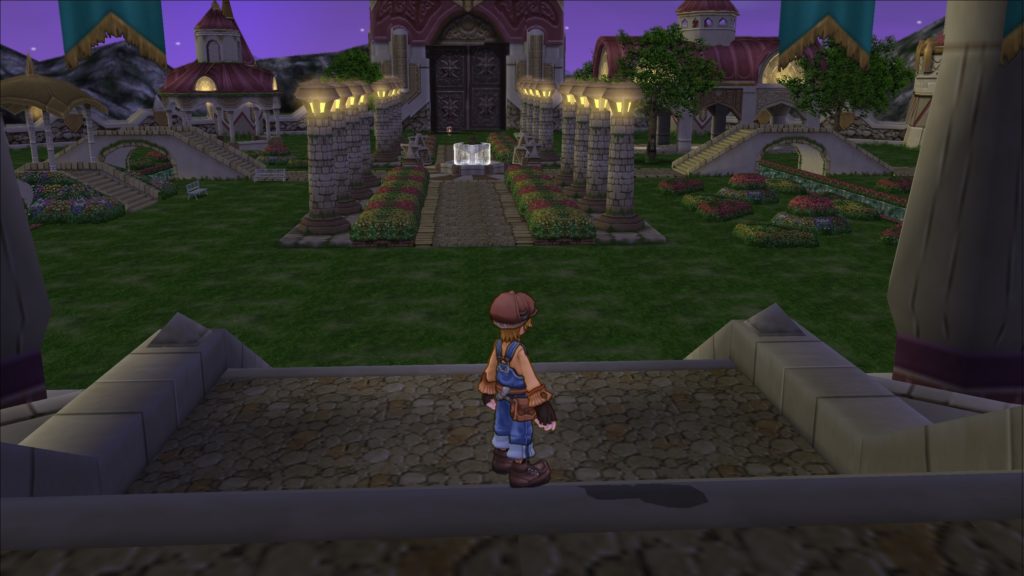
The rest of the core loop around town building is still there, and is still somewhat interesting and important to the player. While the exact layout and style of the towns isn’t that important, it was enjoyable to try and craft the perfect town as I built away. As you progress through each zone’s dungeon, you grab items that provide hints in how to build out a zone’s town to progress the story. This tight loop of doing a dungeon floor, going back to your town and building a thing or two, and diving back in is really solid. Occasionally this process will hit some story points that unlock your defensive upgrade items, which becomes a driving force to really do the building process well.
Now of course, I was also using this to test out emulation, and that was a big success. It had been a while since I really tried PS2 emulation, and while performance was good the last time I tried, features generally weren’t. Luckily a lot of that has changed. The XInput emulation supported the full DualShock rumble set. The emulator had really solid support for memory cards and save states, both of which were handy for jumping in for a few minutes as I had free time. However, the visuals are the biggest benefactor. The PCSX2 emulator supported both resolution enhancements AND widescreen patching, so I was able to play this at 2560×1440 native resolution. It’s easy to brush off how important that change alone was to making this easier on the eyes, but it was huge for me and I hope the screenshots I posted really show that off.
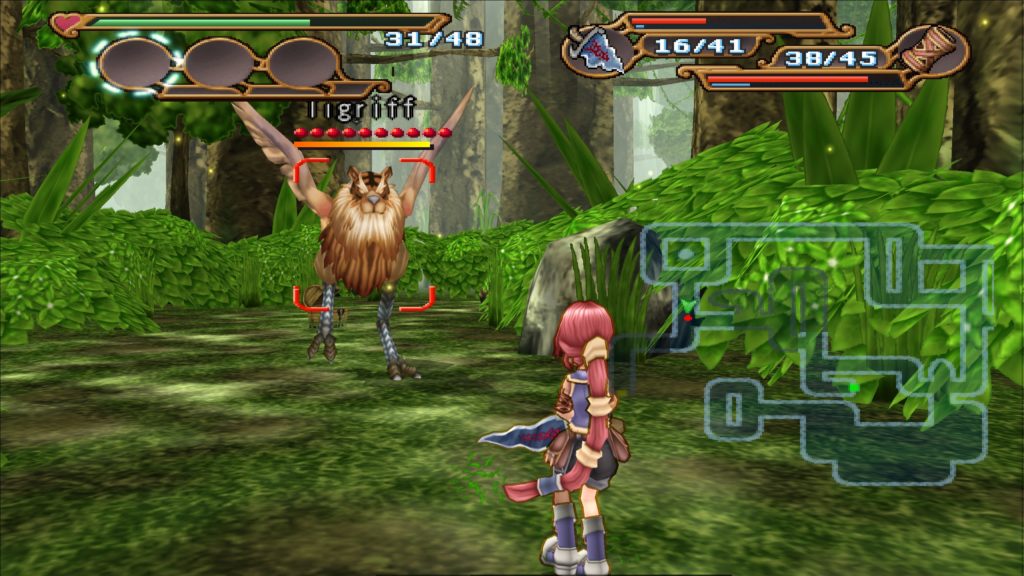
Overall this was a big success. I was able to back up all but a couple of my PS1 and PS2 collection. I was able to test out the modern emulation tools suite. Finally, I was able to finally get around to playing this game years too late. The original Dark Cloud was a really special game that was one of the first RPGs I played on the PS2 since it came out a few weeks before Final Fantasy X. The sequel had always been in the back of my mind, but for whatever reason it kept on slipping. Luckily it really has held up well. The gameplay is still a lot of fun, and is doing things with the player stat progression that I wish more games would play with. Getting those resolution enhancements via emulation helps make it a little bit more modern to my eyes, and that really helped more than I can describe.

